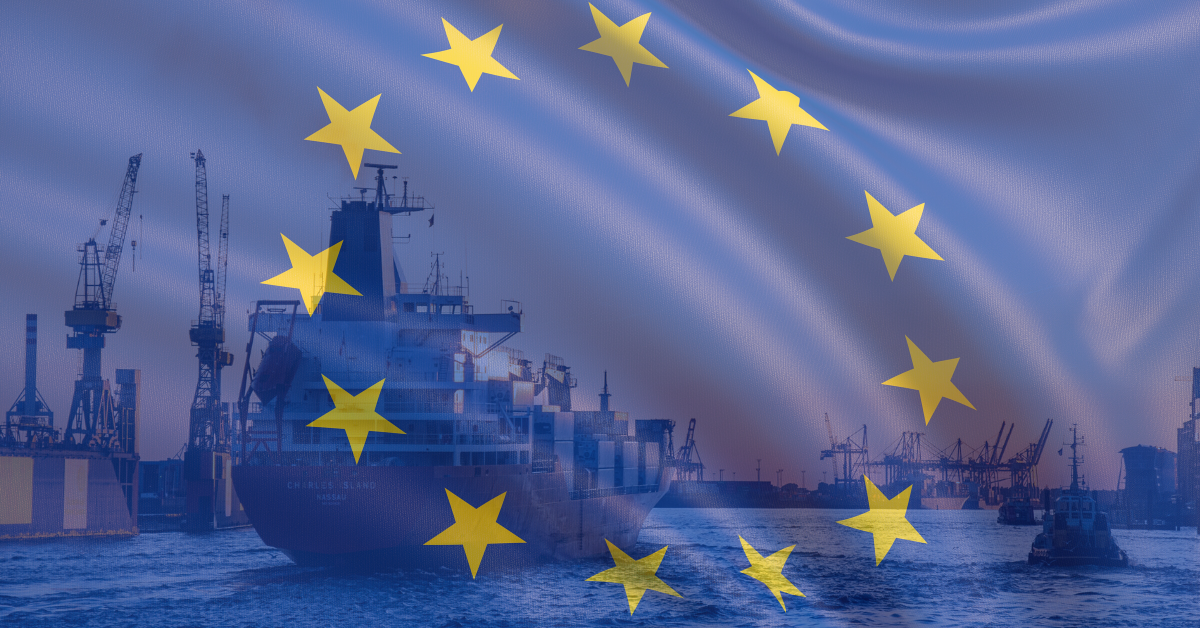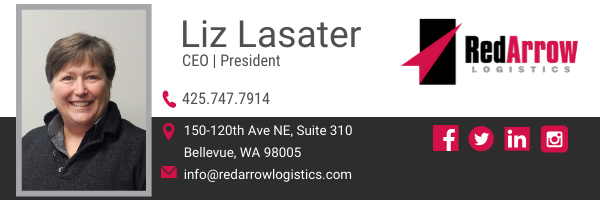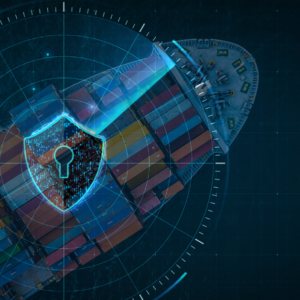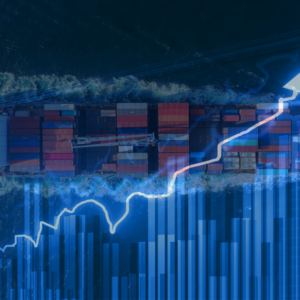EU Emissions Trading System
As the year draws to a close, the maritime sector is busily preparing to ensure adherence to IMO’s low-sulfur 2020 rules. But this business belies a hard truth: for all their talk, IMO is simply not taking enough concrete action to reduce greenhouse gas emissions in the next few years. And EU governing bodies are beginning to put on the screws.
In the EU Parliament’s latest plenary session in Strasbourg, the last week of November, they approved a resolution declaring a climate and environmental emergency in Europe and globally. In line with that declaration, Ursula von der Leyen, the new European Commission President, is expected to present the first European Green Deal outline on December 11.
European Climate Law
This Green Deal would aim to make Europe carbon neutral by 2050. And one of the first steps would be to propose the first-ever European Climate Law — likely in March. The European Climate Law would include a binding target for the EU. An incomplete draft leaked to the media then revealed that the European Commission, as part of the Green Deal, would propose extending the EU Emissions Trading System (ETS) to include shipping for the first time.
Currently, the EU Emissions Trading System sets a cap on the total amount of certain greenhouse gases that can be emitted by sectors within the system. Like any cap and trade system, companies can purchase emission allowances and trade them with one another. If it exceeds its allowed emissions, heavy fines are imposed. The EU ETS has been around since 2005, and is the world’s largest international emissions trading system. Currently, the EU Emissions Trading System covers heavy industry, intra-EU flights — but not the maritime sector. In essence, this would amount to the industry’s greatest shift since the sulfur cap.
If this sounds overwhelming, take a deep breath– there’s a lot to be optimistic about.
A Needed Change
If shipping were a country, it would be the 8th biggest greenhouse gas emitter in Europe. That alone makes it tough to argue that the maritime sector should be exempt.
Until now, the EU has largely left GHG reduction up to IMO. But in IMO’s latest meeting last month, despite rhetoric agreeing that further action is necessary, no concrete steps were taken. Dan Hubbell, the shipping emissions campaign manager at Ocean Conservancy, said that “there is a real risk that when developing measures, the IMO aims only to achieve the floor of targets set on an unambitious baseline.” Unfortunately, if left unchecked, maritime CO2 emissions could increase by 50% – 250% by 2050.
This is why many EU Parliament members think that current aviation and shipping ambitions fall short of necessary emissions reduction, and are urging the Commission to include the maritime sector in ETS– and, if there is no comparable system presented by the IMO next year, it likely will be included by 2023.
The Upshot
The good news? A governing authority demanding reform– and providing resources– may be exactly what the industry needs. At a recent Waterborne Transport Platform event, figures in the maritime sector– from shipowners to cargo owners to forwarders and port operators– met to seek ways to collaborate and meet climate challenges. They agreed that the kind of rapid emission reduction being called for will need new ways of thinking, and that, importantly, actors need to focus on the “deal” element of the Green Deal.
This Green Deal could provide the resources to accelerate research and implementation. Innovative greenhouse gas reduction projects from sectors within the emissions trading scheme can apply for funding from the €10 billion EU Innovation Fund. The EU is willing to provide the financial support necessary to break through the innovation barrier. We’re already seeing hints of the kind of collaboration that might benefit everybody: last week, the Waterborne Technology Platform and the Alliance for Logistics Innovation through Collaboration in Europe (ALICE) signed an MoU to leverage opportunities for further integration of maritime transport and inland navigation in logistics supply chains. The MoU was signed specifically with the objectives of the European Green Deal in mind.
In short, tightening regulations are inevitable. But if these regulations are done correctly — with support, financing, and resources provided in ways that encourage innovation and cooperation — it will be good news for everybody.
Your Trusted Partner
Red Arrow provides expertise and white glove customer service with fast-growing, complex, and high-value supply chains. As the next-generation model of logistics companies, Red Arrow offers tailored transportation and logistics solutions — from single shipments to complex over-dimensional and international orders.
Red Arrow offers the scale and scope of services including air, ocean, and ground transportation to meet the budget and schedule requirements of the largest and smallest companies alike. If we can be of assistance, please email us at info@redarrowlogistics.com or give us a call 425-747-7914.





